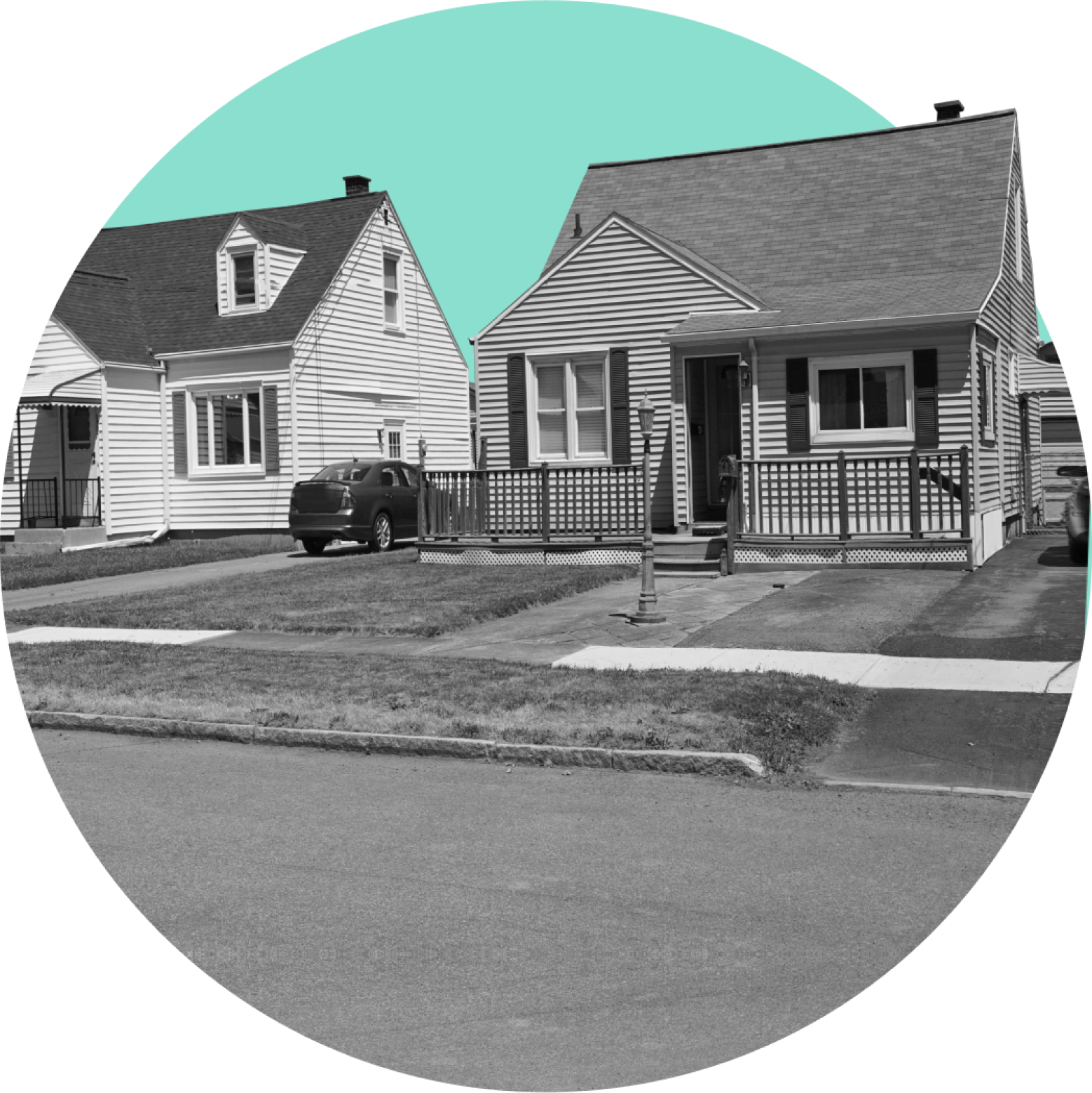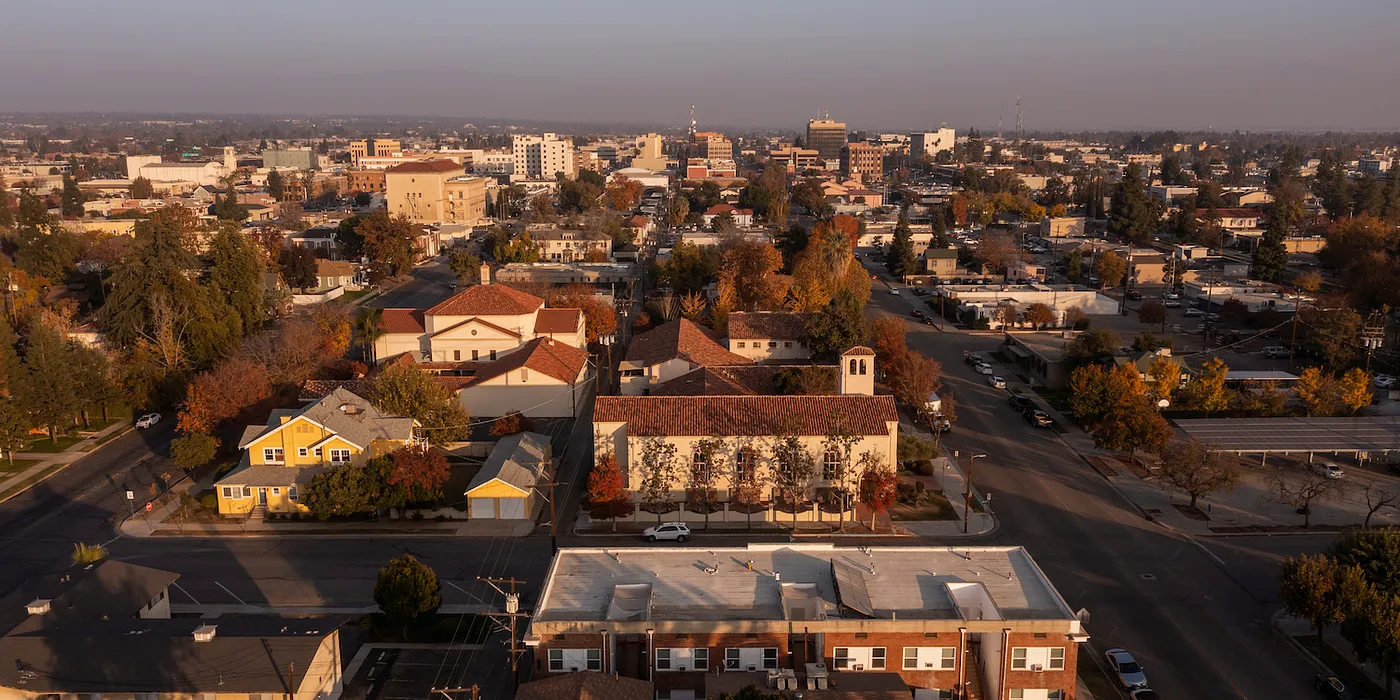Faced with a climate crisis, we know that our future needs to look different than our past — perpetuating our fossil-fueled status quo simply won’t work. With carbon removal, we have the unique opportunity to take on both at once: to reach into the past and redress past harms by removing CO2 already in the atmosphere while also building a field for equitable climate action going forward.
It’s easier said than done. Today, existing policies have sidelined BIPOC and low-income communities, leaving them disproportionately exposed and vulnerable to harms that are increasingly exacerbated by climate change. If we approach this field without thoroughly reexamining systemic failures, we could end up deepening the same extractive relationships with disadvantaged communities that got us here in the first place.
This field is emerging and growing quickly, and this is our moment to shape it for decades to come. As we do, our goal is to integrate equity and justice so deeply in the carbon removal field that one is no longer distinguishable or separable from the other. In other words, success, to us, isn’t just creating a system that removes more carbon than it emits; it’s doing that in a way that reroutes power to the most disenfranchised.

How we’re building a just, equitable carbon removal field
There’s no one way to achieve equitable outcomes in this field; we need to consider justice and impact in everything we do. We work to develop environmentally just policies, projects, and ideas that can orient the field in the right direction, often in partnership with EJ organizations, leaders, and academics. The approaches vary widely, but they typically falls into four categories of justice that are woven through our work.
-
Procedural justice
Carbon removal should be shaped by the needs and wants of the people most impacted by climate change. Procedural justice looks like communities being directly involved in the decision-making related to their lives before a project even begins.
-
Distributive justice
The burdens and the benefits of any given project, and of carbon removal as a whole, should be distributed equitably. The benefits of carbon removal — from job creation to environmental and physical well-being — should be directed toward local communities.
-
Reparative justice
Carbon removal is uniquely able to redress the past harms of over-pollution for those most impacted by the climate crisis. Reparative justice looks like carbon removal relieving legacy burdens from disproportionately affected communities.
-
Transformative justice
Carbon removal can and should spur change in society’s current systems, revolutionizing sectors to address structural power imbalances and historic harms.
This is a pivotal time to set up the infrastructure for this potentially multi-trillion dollar industry that has wide ranging climate, economic, environmental and social implications. This is also a critical window in shaping the outcome and public perception of the field and its impact on vulnerable communities around the world.
Ugbaad KosarDirector of Environmental Justice
We believe these core truths form the foundation of a just CDR field
Environmental justice isn’t just an initiative among other priorities at Carbon180, it’s embedded into the very fabric of our being. And we believe that to truly live up to its potential, it must be similarly embedded in the broader carbon removal field. Developed in partnership with EJ organizations, these principles cut horizontally across efforts as guiding truths that give structure to the carbon removal field as a whole.
-
1.
The benefits of carbon removal solutions need to be equitably distributed.
-
2.
Public engagement needs to be robust and seek input from groups throughout the development and deployment of carbon removal solutions.
-
3.
Safeguards need to be put in place to ensure adverse impacts are not borne by disadvantaged communities.
-
4.
The socioeconomic consequences and distributional impacts of carbon removal solutions need to be evaluated alongside their technological and economic attributes.
-
5.
Because carbon removal is addressing a challenge that is both local and global, we need to incorporate justice across temporal and spatial scales.
Where federal policy comes into play
We’re living through a unique moment in carbon removal: we have the opportunity to shape this field from the ground up, the right way. The federal government is one of the best levers we have to center the needs and wants of communities as we build this field — so that’s where our work begins. These are our key areas of policy focus.

Successful carbon removal deployment must include robust and informed input from environmental justice organizations and leaders. This demands a transparent and participatory approach to education, strategy, and decision-making, built off of trust and collaboration. Learning from other climate efforts, Carbon180 has evolved as an organization that is pushing to solidify equity and justice as essential tenets of any durable CDR policy or program.
Alayna ChuneyDirector
Forging new paths for community-led decision making
Our environmental justice work isn’t just theoretical; we’re continually putting these ideas and principles into practice. As we all learn and iterate, we believe that new projects will rise and fall on the basis of their trust and buy-in with the public. With each, forging genuine, two-way trust is a critical goal.
Regranting federal funding to local EJ organizations
While BIPOC communities feel the effects of climate change the most, BIPOC-led organizations get a much smaller share of federal and private funding. Recent research and local environmental justice groups tell us that this funding gap is a major barrier to their ability to engage with carbon removal. If we want to develop responsible climate policies and projects with authentic buy-in from local communities, this can’t be the case.
Our regranting efforts are designed to address this barrier by rerouting funding back to local communities. By making two-year grants to a selection of groups, our goal is to give EJ organizations the resources they need to claim their place and power in the carbon removal conversation.
The lessons learned and relationships built through the regranting pilot thus far have deeply impacted the entire Carbon180 team, providing insights for our science and innovation, policy, and internal operations teams. We see the window of opportunity to build on this early success and continue to reach new groups — especially the most disadvantaged in civil society — to create avenues for education and empowerment in decision making.
We believe EJ isn’t just one aspect of carbon removal but a driving force that governs why and how we do it, who needs to be shaping decisions, and where it should take place.
Ugbaad KosarDirector of Environmental Justice

